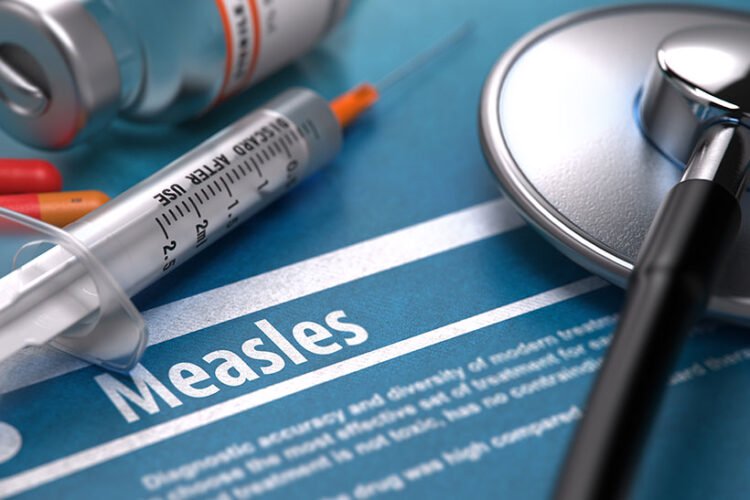September is National Cholesterol Education Month.
There are many factors that contribute to heart health, one of those being your cholesterol levels. Maintaining an acceptable blood level is accomplished by monitoring, good lifestyle choices and when needed, medication.
What is cholesterol?
Medline Plus’s definition reads, “a waxy, fat-like substance that’s found in all the cells in your body.” Cholesterol is required to make hormones, vitamin D, and works to digest foods. While the liver in our bodies makes all the cholesterol we need, this substance is also found in animal sources such as egg yolks, meat and cheese.
Normal, Healthy Level by Age
The American Heart Association recommends adults have their cholesterol levels checked every 4 to 6 years, starting at age 20, when these levels begin to rise. Men tend to have higher levels of cholesterol, with women’s levels climbing after menopause. Panel measurements for adults and children reported by Healthline are as follows:
Adults:
Good: Less than 200
Borderline: 200-239
High: 240 or higher
Low: n/a
Children:
Good: Less than 170
Borderline: 170-199
High: 200 or higher
Low: n/a
Factors Increasing Bad Levels
Lifestyle choices play a big role in how our levels are regulated, as well as some causes that are out of our control. Contributing factors towards bad levels of cholesterol include:
Age– risk increases with age in men over 45 and women over 55
Heredity– higher levels can run in families with a gene that codes for a defective receptor
Weight– being overweight causes an increase in blood fat levels
Race– race may cause increased levels specifically in hispanic men and white women
Two Types of Cholesterol
There are actually three types: LDL, HDL and triglycerides. The first two listed are the main ones we aim towards controlling to maintain good heart health. These are defined as:
LDL (low-density lipoprotein) is called “bad cholesterol”. It is a particle that carries cholesterol in the bloodstream and puts it in artery walls. LDL promotes plaque buildup in the arteries, leading to health problems.
HDL (High-density lipoprotein) is called “good” cholesterol. It is a particle that picks up extra cholesterol from artery walls. HDL removes plaque buildup in the arteries, lowering the risk for developing all types of vascular diseases.
Causes of “Good” HDL Levels
Healthy food choices– choose foods low in saturated fat, trans fat, sodium and added sugar
Healthy weight range– maintaining a normal BMI helps to limit heart disease risks
Exercise regularly– good blood flow through exercise keeps arteries free and clear of plaque
Quit smoking– quitting smoking improves HDL cholesterol
Limit alcohol intake– drinking more than what is considered moderate can raise bad levels
Causes of “Bad” HDL Levels
Excess weight– causes a decrease in HDL levels leading to a number of health conditions
Genetic factors– low levels can be inherited and can be caused by genetic diseases
Smoking– a chemical found in cigarettes can lower HDL levels and lead to chronic diseases
Poor diet– excessive intake of saturated fats affects HDL levels negatively
Sedentary lifestyle– inactivity lowers HDL cholesterol and therefore limits the removal of LDL
Uncontrolled diabetes– high blood glucose levels may contribute to poor HDL levels
The Mayo Clinic reports that high cholesterol has no symptoms and is only detectible by a blood test.
Health Problems Related to High LDL Levels
High cholesterol levels are associated with an increased risk of heart disease. Blood flow through the arteries is compromised, leading to a list of possible secondary health complications. These include:
Heart Attack– results from reduced or blocked blood flow to the heart
Carotid Artery Disease– formation of plaque in the arteries leading to decreased blood flow
Stroke– fatty deposits build up making arteries stiff and narrow, restricting blood flow
Peripheral Arterial Disease– plaque build up the in the arteries affects blood flow to the legs
What to Avoid in Your Diet
According to Medical News Today, saturated fat intake should be no more than 6 percent of the total daily caloric intake. The following foods should be limited to achieve this:
- Fatty beef
- Lamb
- Pork
- Poultry with skin
- Lard and shortening
- Dairy products made from whole or reduced-fat milk
- Saturated vegetable oils, such as coconut oil, palm oil, and palm kernel oil
Medical News Today also recommends avoiding trans fats including:
- Packaged cookies, cakes, donuts and pastries
- Potato chips and crackers
- Packaged frosting
- Commercially fried foods
- Bakery goods that contain shortening
- Buttered popcorn
- Any products that contain partially hydrogenated or hydrogenated vegetable oils
What to Include in Your Diet
While a completely fat-free diet can be harmful, choosing healthy fats to lower bad cholesterol levels is ideal. Foods to include for good heart health are:
- Omega-3 rich foods such as fatty fish
- Meats and beans
- Whole grains
- Nuts and seeds
- Produce including the skins from fruits
- Nontropical natural vegetable oils
No time to schedule a doctor’s visit, or trying to avoid crowded offices? Our partner Let’s Get Checked offers at-home cholesterol testing. This test helps monitor cardiovascular health by testing for total triglycerides, cholesterol, HDL (high-density lipoprotein), LDL (low-density lipoprotein), and HDL % of total cholesterol. The collection method is a single finger prick and results are available in 2 to 5 days.
American Online Benefits Group offers plans that give members access to discount Let’s Get Checked cholesterol home testing kits. Please contact our Agent or Member Services to receive more information at 214-389-9072.




